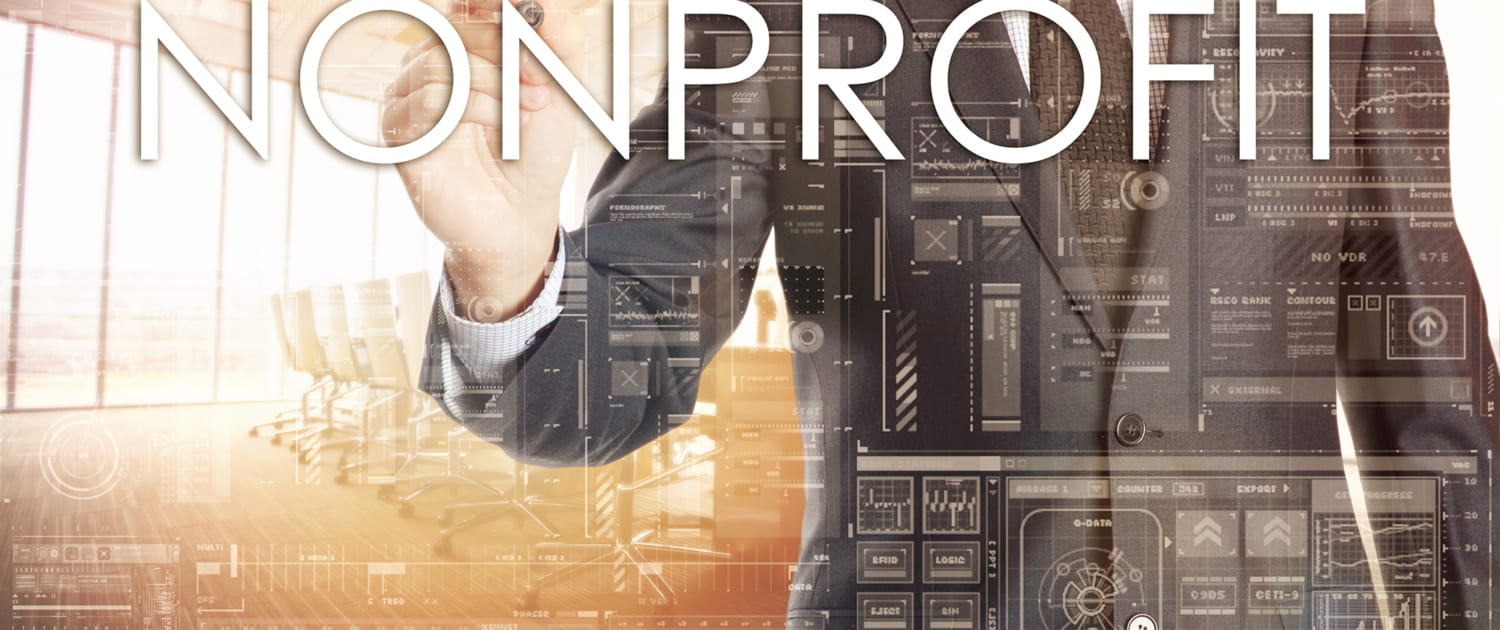Trump Signs Welcome Relief Legislation for Nonprofits
On August 3rd, President Trump signed the Protecting Nonprofits from Catastrophic Cash Flow Strain Act (“the Act”) into law. In a recent article from Accounting Today, author Michael Cohn describes the details of this new legislation.
Per Cohn, the primary goal of the Act is to “clarify a piece of guidance issued by the Labor Department related to the CARES Act that could have dampened the cash flow of charities already reeling from the pandemic.” The CARES Act issue is two-parted:
- It is common for nonprofit organizations to function as reimbursing employers for the purposes of unemployment. This means that the nonprofit is responsible for paying the full amount of unemployment benefits collected by former employees—these payments count as the nonprofits’ share of unemployment taxes. Recognizing that the CARES Act changes to unemployment would be a challenge for reimbursing employers, the authors of the bill adjusted the portion for which the nonprofits are responsible from 100 percent to 50 percent.
- In a release of post-CARES Act guidance by the Labor Department, it was clarified that states should collect the full 100 percent of unemployment benefits from nonprofits operating as reimbursing employers then reimburse them for 50 percent at a later time. This proposal would be a large strain for many nonprofit organizations.
The Act seeks to rectify the above-described issue by requiring that nonprofits operating as reimbursing employers only pay 50 percent of unemployment costs for their former employees up front. This frees up cash flow for nonprofits in this position.
Beyond addressing the recently enacted Act, Cohn also explores the increased strain under which nonprofits have been functioning due to the coronavirus pandemic. Some statistical highlights, drawn from a BDO USA survey of the nonprofit sector, include:
- 69% of nonprofits have either delayed or cancelled events
- 57% of nonprofits have either limited or cancelled programs
- 87% of nonprofits have transitioned staff to remote work or encouraged remote work
- 46% of nonprofits cited technology restrictions, with 64% responding that they plan to invest in new technology this year
- 30% of nonprofits responded that their current operating reserves are only sufficient for four months or less
For further details, click here to read the article in full at Accounting Today.




